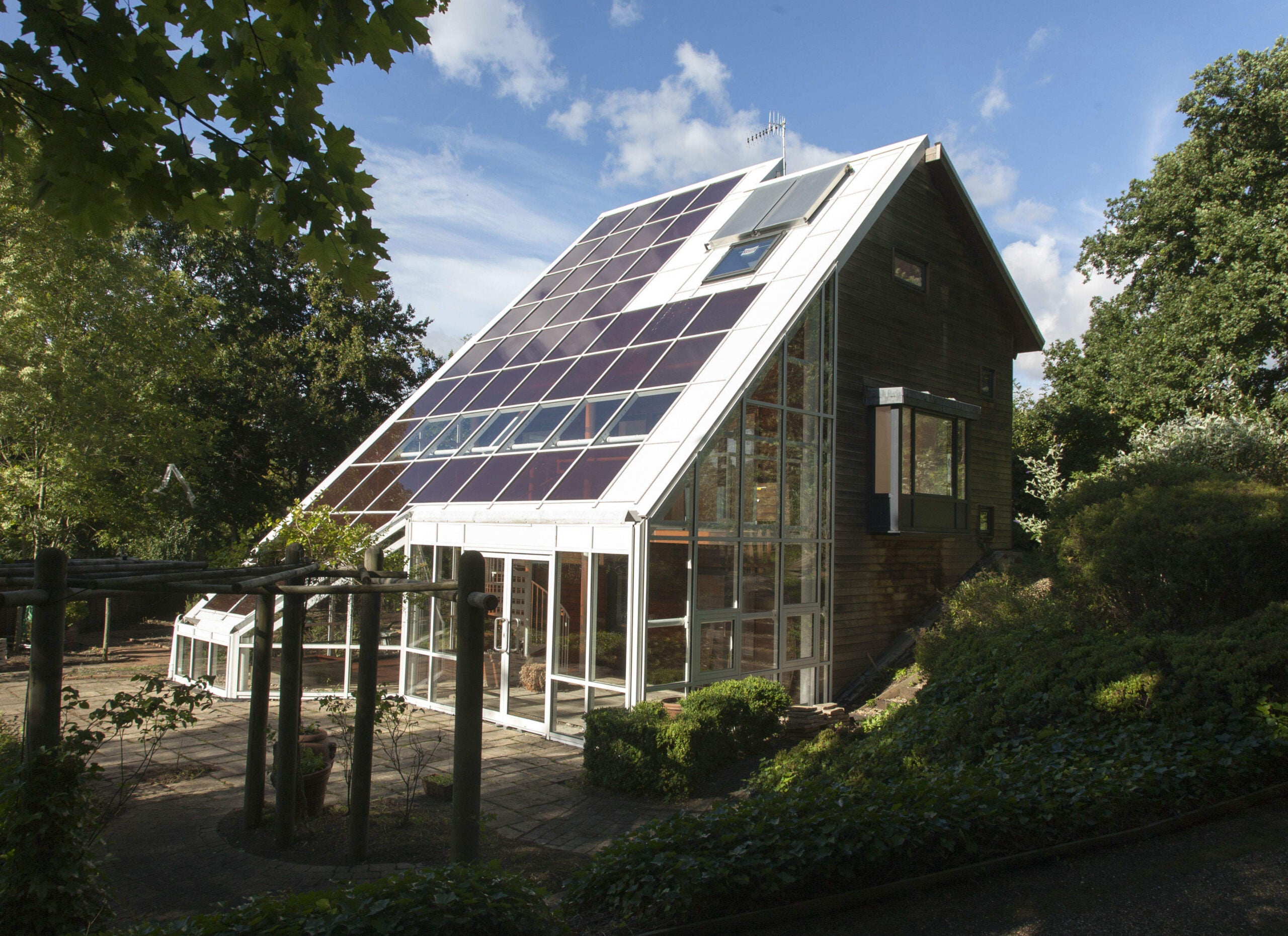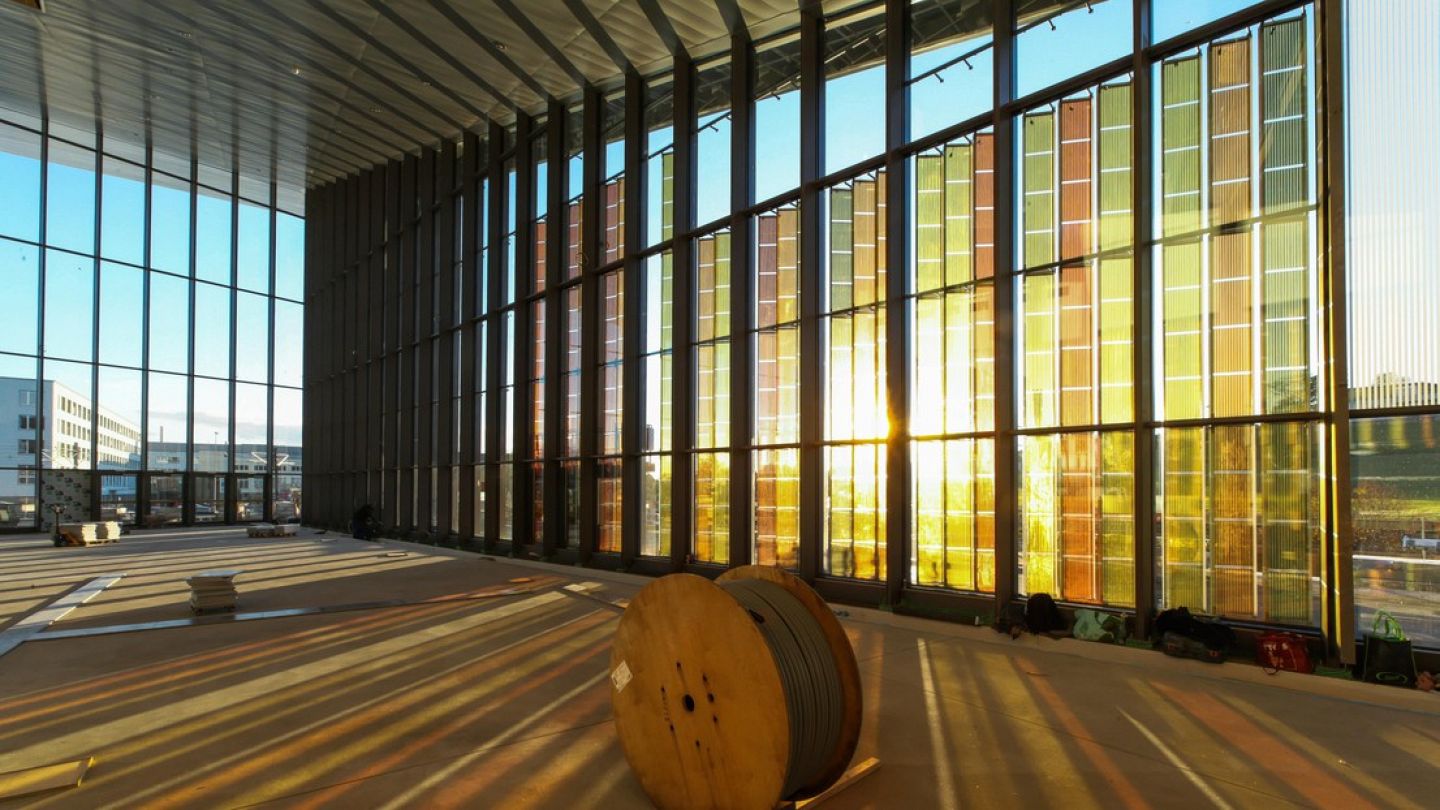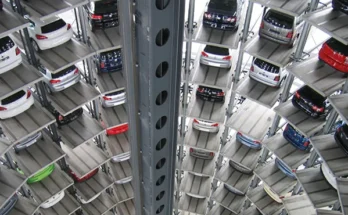Switzerland is leading the way in sustainable architecture with a groundbreaking innovation from Solskin, a spin-off from ETH Zürich. This pioneering technology integrates movable solar panels into building facades, providing both renewable energy generation and significant cooling benefits. By harnessing the power of the sun intelligently, these panels offer a promising solution to reducing energy consumption in modern buildings.
How It Works

Solskin’s technology consists of dynamic, automated solar panels that are attached to the exterior of buildings. Unlike traditional static solar panels, these panels adjust their position throughout the day to optimize sunlight capture. By tracking the sun’s movement, they maximize energy production and efficiency. The system operates with intelligent algorithms that adjust the panels’ orientation in real-time, ensuring they absorb as much sunlight as possible while also providing shade to the building.
One of the key advantages of this innovation is its ability to reduce the need for air conditioning. Buildings with large glass facades often struggle with excessive heat gain, leading to increased cooling costs. The movable solar panels function as a shading system, blocking out excess sunlight during peak hours and preventing indoor spaces from overheating. Studies have shown that this approach can reduce the need for air conditioning by up to 80%, significantly cutting energy consumption and lowering electricity bills.

Benefits of the Solskin System
- Energy Efficiency: The primary benefit of these solar panels is their ability to generate electricity while reducing cooling costs. By integrating renewable energy production directly into a building’s facade, they contribute to a more sustainable and self-sufficient energy system.
- Adaptive Shading: Unlike conventional solar panels, which are fixed in place, Solskin’s movable panels adapt to environmental conditions. This reduces glare, minimizes overheating, and enhances indoor comfort.
- Aesthetic Integration: The system is designed to blend seamlessly with modern architecture, offering a sleek and functional solution that doesn’t compromise a building’s visual appeal.
- Sustainability: With the global push for carbon neutrality, innovations like this play a crucial role in reducing the reliance on fossil fuels and lowering greenhouse gas emissions.
- Cost Savings: By cutting down air conditioning needs and generating solar power simultaneously, businesses and homeowners can experience significant savings on their energy expenses over time.
The Future of Solar-Integrated Buildings
As climate change concerns continue to grow, cities worldwide are looking for innovative ways to make buildings more sustainable. Solskin’s technology aligns perfectly with these goals, offering an efficient and practical solution for urban energy management. Countries with high solar exposure, such as those in Southern Europe, the Middle East, and parts of Asia, could particularly benefit from adopting similar systems.
This Swiss innovation highlights the potential of smart solar technology to revolutionize how buildings consume and manage energy. With continued research and wider adoption, solar-integrated facades could become a standard feature in future urban developments, helping to create greener and more energy-efficient cities worldwide.



